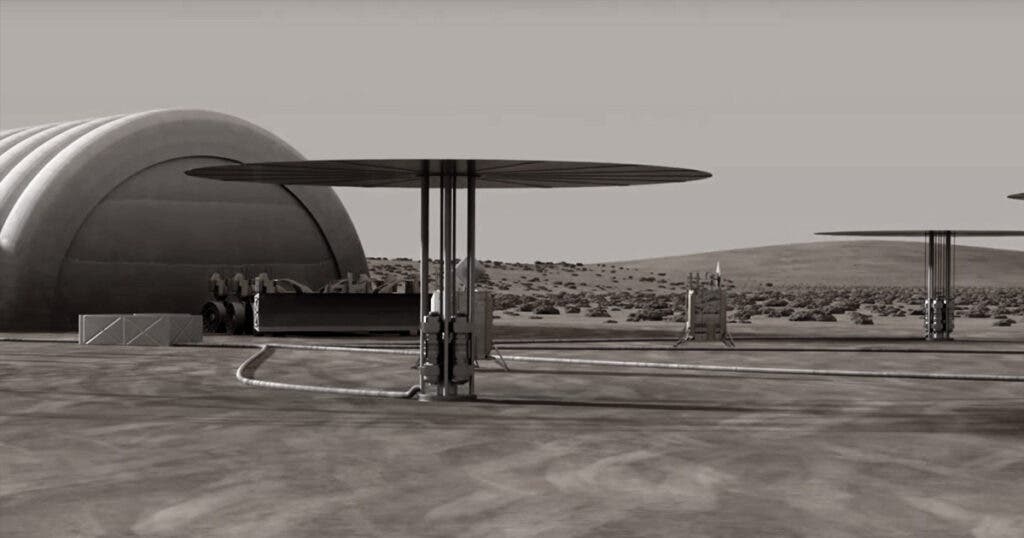NASA has opened a most interesting call for projects. They’re looking for companies capable of building nuclear plants that can work on the moon — and from there, even further.

So far, the farthest outpost mankind has ever built is the International Space Station. But NASA’s vision goes way beyond that. The space agency has already embarked on a project to send a human mission to the moon by 2024 in an effort named the Artemis project. Ideally, though, NASA (and other space agencies, including the European Space Agency) wants to establish a permanent scientific base on the moon.
Already, remarkable progress is being made. New research has identified potential sources of water on the moon, which would be vital for this type of mission. Meanwhile, another project is developing a way to separate lunar dust into oxygen and metals, both important raw materials. But to do anything at all, you need a lot of energy.
At first glance, renewable sources would seem excellent, but that’s not really the case. Without an atmosphere, wind energy is out of the question, and the rough, dusty surface of the moon is also unsuited for solar energy. Fossil fuels are heavy and difficult to transport, so this only leaves one realistic solution: nuclear energy.
The idea would be to create a working plant here on Earth, disassemble it, and then carry and reassemble it on the moon.
“Once the technology is proven through the demonstration, future systems could be scaled up or multiple units could be used together for long-duration missions to the moon and eventually Mars,” said Anthony Calomino, head of NASA’s nuclear technology portfolio at the Space Technology Mission Directorate.
In a sense, it’s not exactly innovative technology. Nuclear fission reactors have been working here on Earth for decades. But building the same thing for the moon, and making it as small and light as possible raises entirely new challenges. But it will all be worth it, NASA believes.
If we do manage to take nuclear energy to different celestial bodies like the moon or Mars, it would enable humanity to build an outpost on the moon — an outpost that would help us explore even further into the solar system.
“Four units, providing 10 kilowatts of electrical power each, would provide enough power to establish an outpost on the Moon or Mars. The ability to produce large amounts of electrical power on planetary surfaces using a fission surface power system would enable large-scale exploration, establishment of human outposts, and utilization of in situ resources, while allowing for the possibility of commercialization.”
In line with its current policy, NASA is looking to partner up with private companies to reduce costs. Over 22 companies have responded to the open call so far, but only a handful (Blue Origin and BWXT) have been named.









